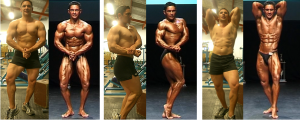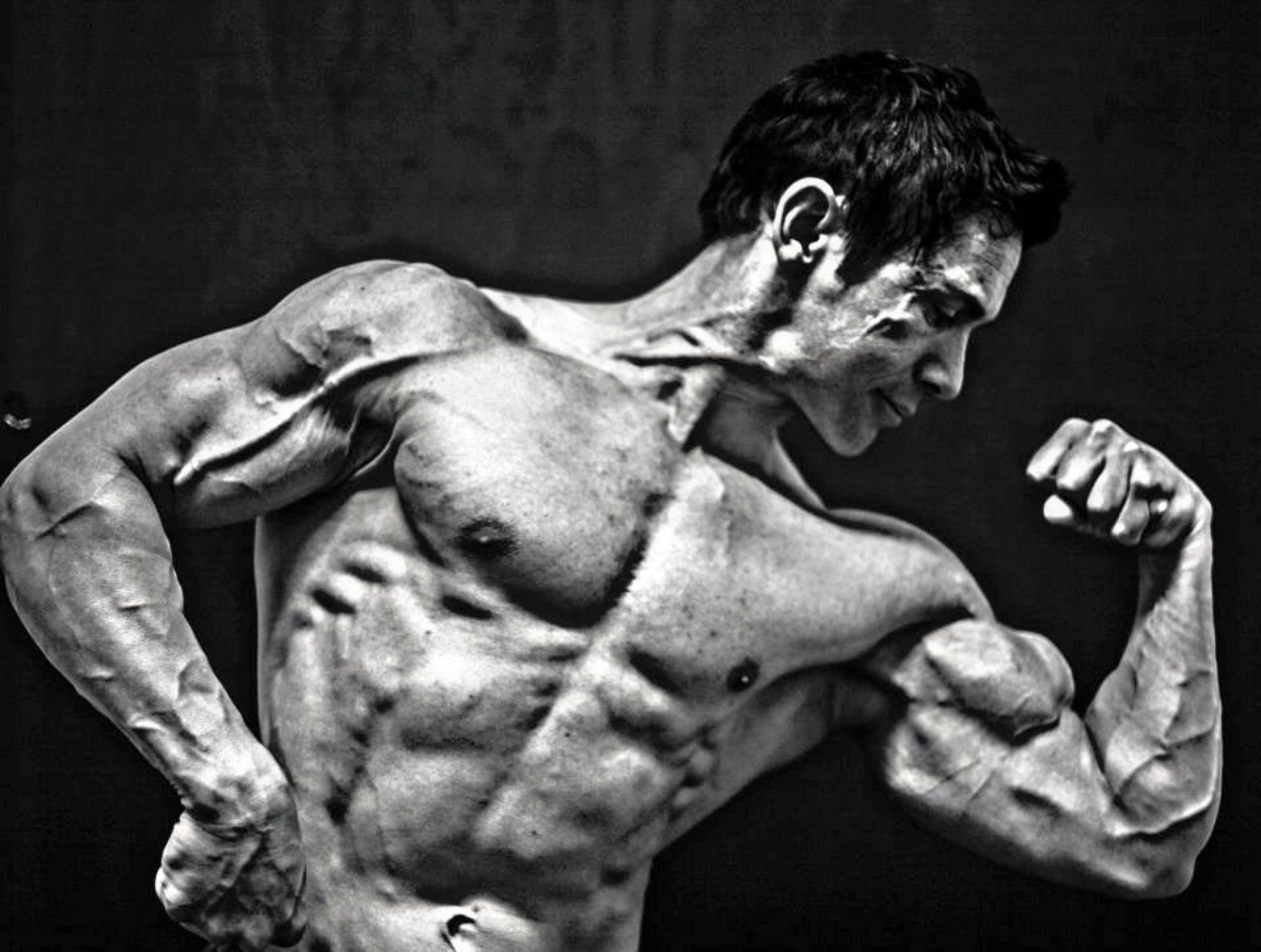
It would surprise many people probably that I have struggled with my weight for most of my life, so I thought I’d share my journey (in terms of diet as I feel this is the main factor) with you on how I have managed to not only lose the weight, but be in a position where I can get into contest level condition with little fuss. As a young fella I was always the chubby kid, however, there was a window between the ages of 12-15 where I was reasonably lean. I attribute this to the amount of exercise I did at the time -honestly I would have exercised at least 3-4 hours every day. However after I turned 16 the weight began to pile back on regardless of how much exercise I did. My diet which was mainly based around bread at that stage began to take its’ toll.
When I was 17 years of age I reached my heaviest body weight of 95 kilograms even though I was still quite active lifting weights, going for runs, playing rugby and touch. Needless to say I was uncomfortable in my own skin, unhappy and had low self- esteem. Something had to change and fortunately enough for me I have always enjoyed reading so I utilised information from books and muscle magazines and tried to eat as closely as I could to their recommendations on the limited budget that I had. I began to exercise even more and with a determined effort I lost around 10 kilos in the first year.
By the time I was 21 I weighed around the 80 kilogram mark but the weight loss plateaued. I wanted to lose more weight and compete in bodybuilding so I got some advice from my Uncle Al. Since I was on a student allowance my diet consisted of a strict regime of tuna, mixed vege’s and SHAPE 2000-(a Horleys protein supplement). Honestly it was tough going- I can remember being in such a state, endless amounts of cardio, my legs for weeks before the show feeling like lead and I had insomnia throughout. Although I was in a terrible state mentally and physically I managed to win my first athletic bodybuilding title at 22 at a weight of 68 kg. I was ecstatic about the weight loss, however, after the show my weight ballooned up to 78kg within a couple of weeks.
In 2002 at the age of 25 I began getting chronic fatigue syndrome and annoyed at the medical advice and help I received I decided to go to an alternative medical provider (The RIFE clinic in Albany). They took blood tests and determined that I was Blood type A and that all the exercise I was doing and food I was eating was actually causing me more harm than good. I immediately read the blood type diet, followed the lifestyle, training and diet advice and my weight dropped to 70 kg within months. Even though I was armed with this great knowledge my weight still fluctuated between 70-85 kilograms (unless I was competing) until 2007.
At the end of 2007 I came across a book called the Warrior Diet where I under ate during the day and had one large meal at night. I also utilised the Genotype diet which was Peter D’Adamo’s extension of the Blood type diet where he considers physical characteristics alongside blood type to determine optimum foods that suit unique individual needs. I decided that I would compete in the classic bodybuilding division in 2008 using these two protocols. I started at a bodyweight of 79 kilos in February. By competition time in October I weighed 64.7 kg. The great thing about this diet was I was able to maintain all my strength, have a big meal once a day and there were none of the negative symptoms from previous attempts to get lean for competition. The other thing was my weight never ballooned up again; the diet and lifestyle concepts had given me complete control over my weight. I then decided that I would do the same the next year and sure enough I was able to come in even leaner at a weight of 63 kilograms to win my second classic title. In 2012 I made slight changes to my macronutrient ratios and tried some different training ideas which allowed me to present the leanest physique I have achieved to date. In 2013 I have adjusted things where I fast until 11 am and have only 3 meals within an “8 hour eating window” which has made getting and staying lean even easier for me.
As you can see my journey to losing weight and keeping it off has been a long and bumpy ride. If someone had let me know what I know now twenty years ago I could have saved myself a whole lot of suffering and frustration. All I hope is that the information I share with you here helps you on your own personal journey to achieve your fitness and health goals.

